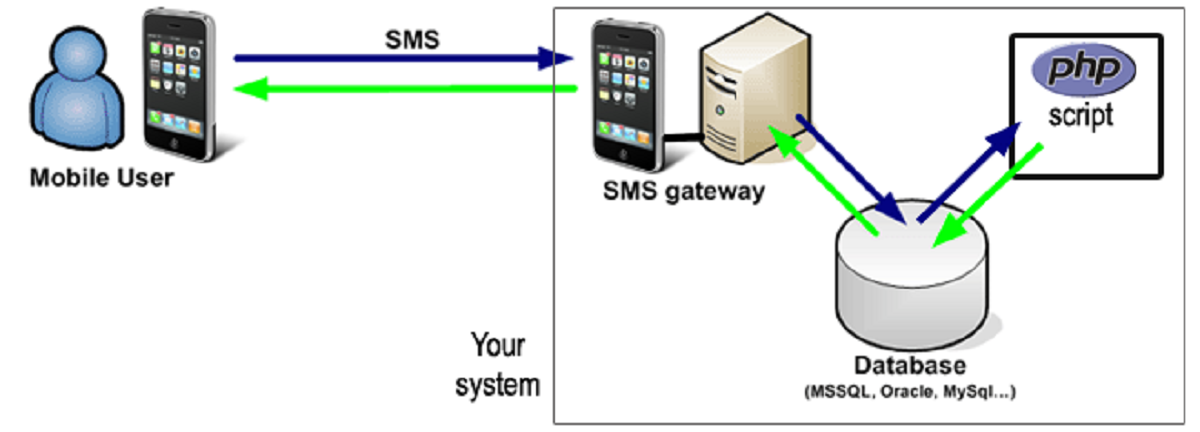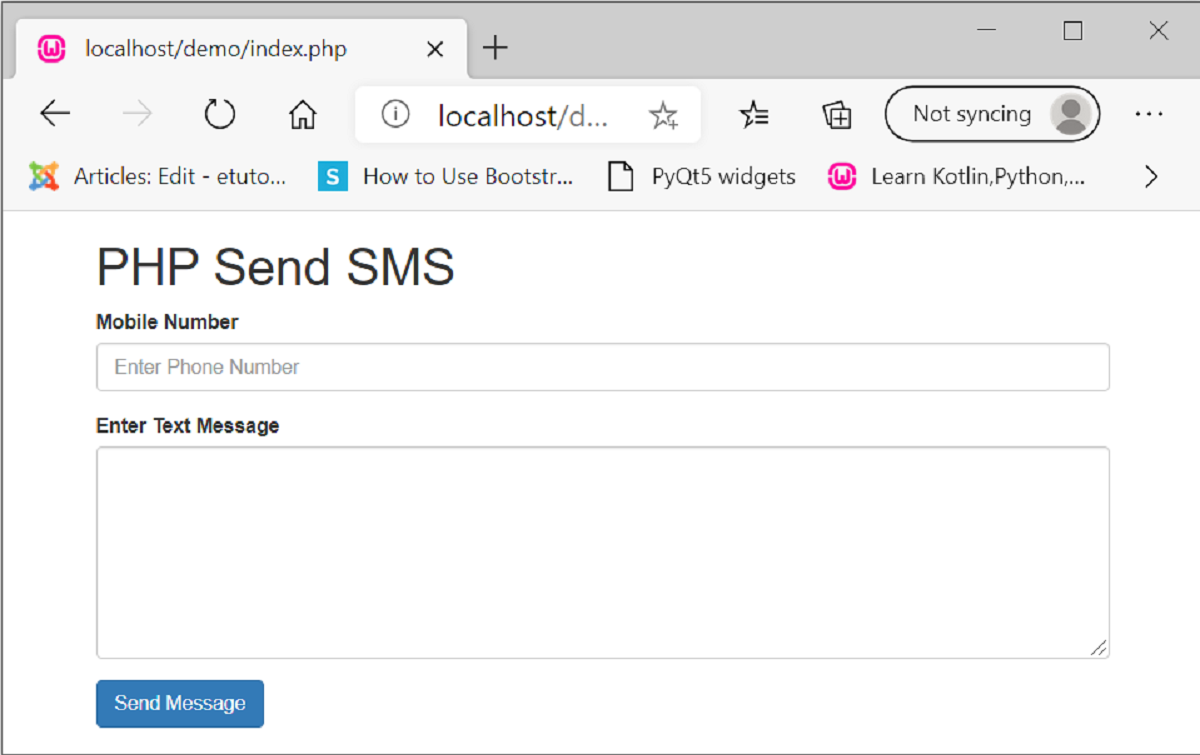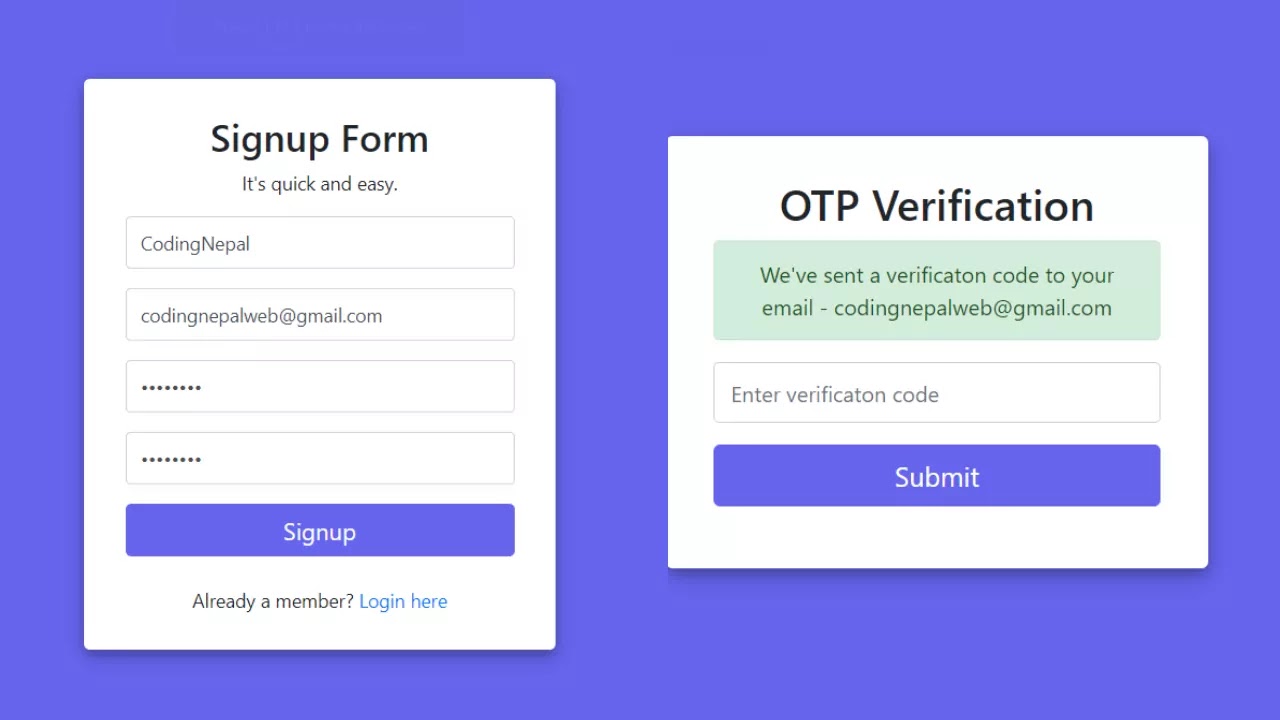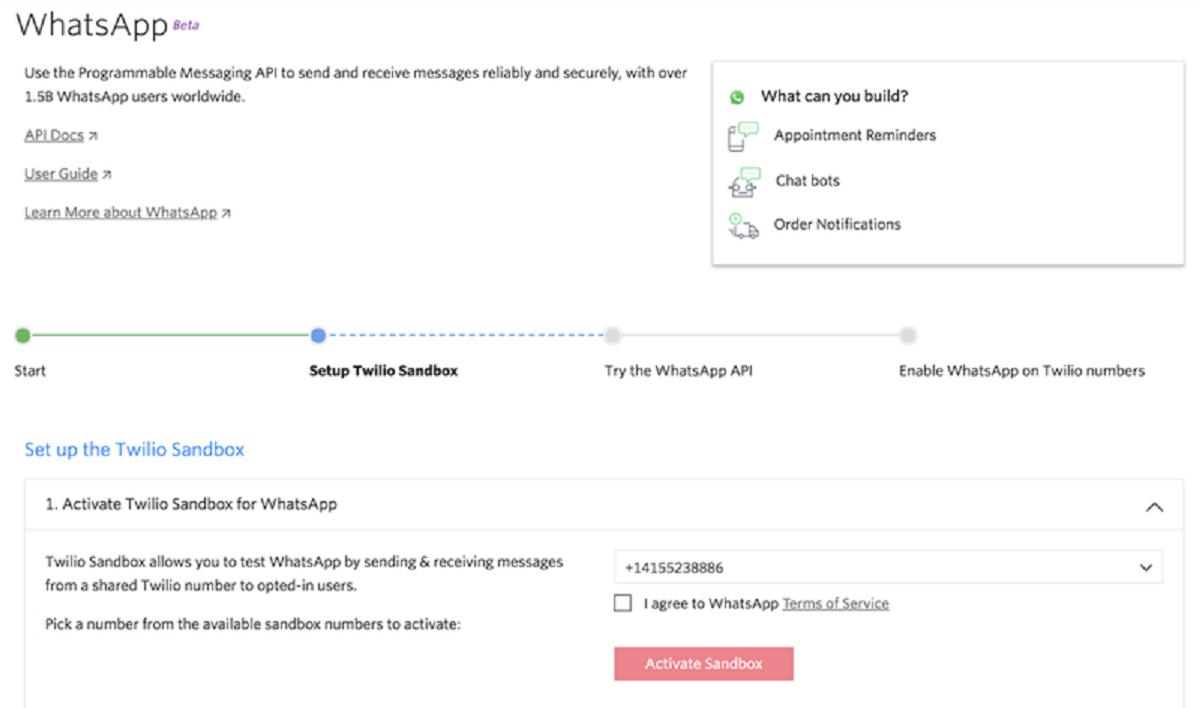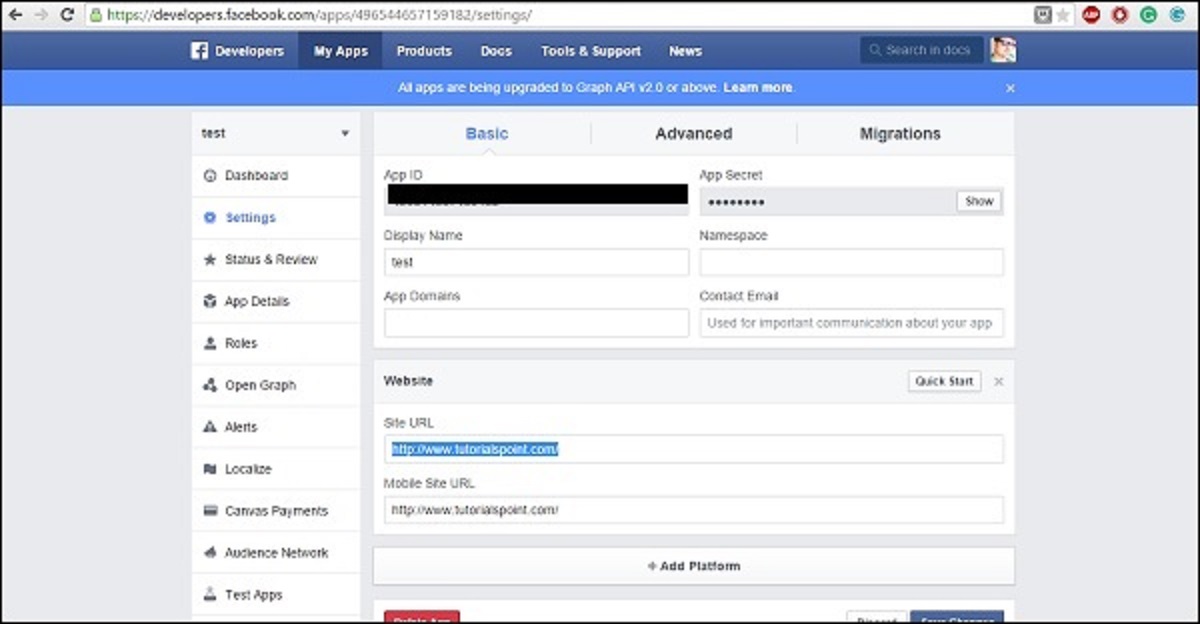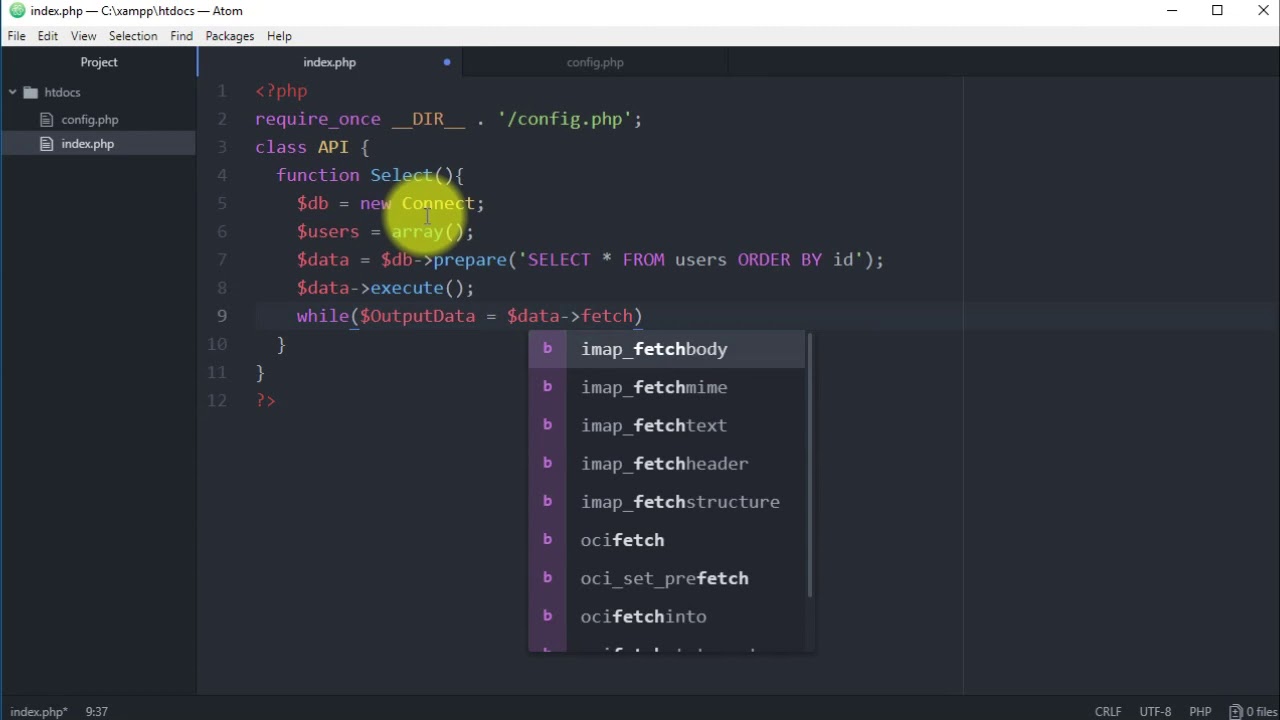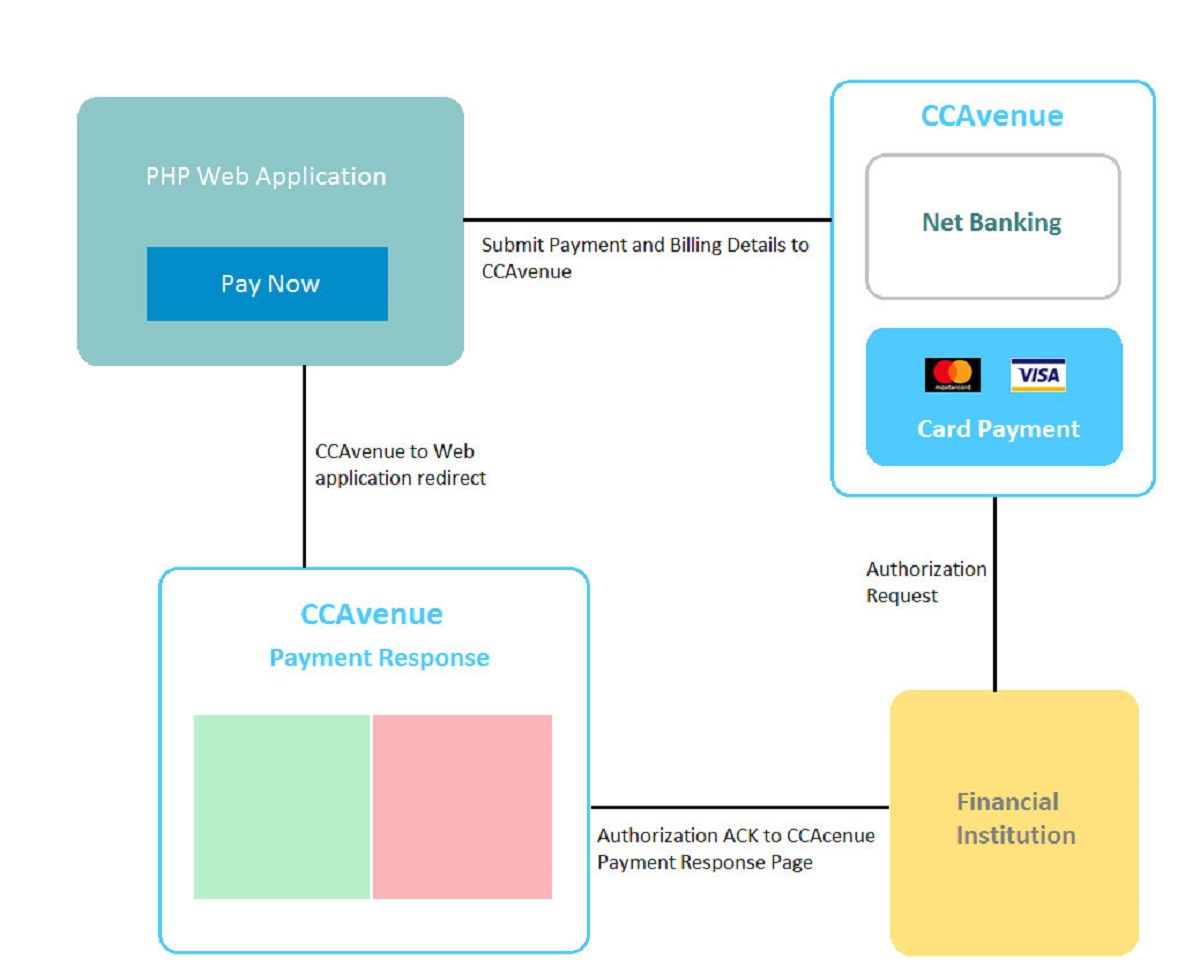Introduction
Welcome to the world of SMS APIs! In this modern era of communication, text messaging remains one of the most popular and effective ways to connect with people. Whether you want to send important updates to your customers or simply keep in touch with friends and family, SMS can be a powerful tool.
Using an SMS API in PHP allows you to programmatically send and receive SMS messages, giving you the flexibility to integrate SMS functionality into your applications, websites, or systems.
In this article, we’ll explore the process of setting up the environment, installing the necessary libraries, and creating a PHP script to send SMS messages using an SMS API. We’ll also learn how to handle errors and responses, send SMS to multiple recipients, customize the SMS content, and even handle incoming SMS messages.
By the end of this guide, you’ll have a solid understanding of how to leverage SMS APIs in PHP, enabling you to enhance your communication strategies and streamline your messaging processes.
So, let’s dive right in and get started with all the necessary steps to make the most of SMS APIs!
Setting Up the Environment
Before we can start using an SMS API in PHP, we need to set up our development environment with the necessary tools and dependencies. Here’s what you’ll need:
- PHP Installation: Ensure that you have PHP installed on your local machine or server. You can download the latest version of PHP from the official website and follow the installation instructions for your specific operating system.
- Text Editor or Integrated Development Environment (IDE): Choose a text editor or IDE that you’re comfortable with. Some popular options include Visual Studio Code, Sublime Text, Atom, or PHPStorm.
- Web Server: While PHP does come with a built-in web server, it’s recommended to use a more robust web server like Apache or Nginx. Configure your web server to work with PHP.
- SMS API Provider: Select a reliable SMS API provider that suits your needs. There are various providers available, each with its own set of features and pricing plans. Some popular options include Twilio, Nexmo, and Plivo.
Once you have these elements in place, you’re ready to start integrating SMS functionality into your PHP application. Make sure to have access to your SMS API provider’s documentation, as you’ll need it to understand the functions and endpoints available for sending and receiving SMS messages.
In the next section, we’ll cover the process of installing the required libraries to interact with the SMS API in PHP. So, let’s move ahead and make our development environment SMS API-ready!
Installing the Required Libraries
Before we can start communicating with an SMS API in PHP, we need to install the necessary libraries that will allow us to interact with the API effortlessly. Most SMS API providers offer their own PHP SDKs or libraries that simplifies the integration process.
To install the required libraries, follow these general steps:
- Check for Composer: Ensure that you have Composer installed on your system. Composer is a dependency management tool for PHP that makes it easy to install and manage libraries.
- Create a new PHP project: In your project directory, create a new `composer.json` file if you don’t already have one.
- Require the SMS API library: Inside the `composer.json` file, add the dependency for the SMS API library. You can find the exact package name and version from the documentation of your chosen SMS API provider.
- Run Composer: In your command line, navigate to the project directory and run `composer install` to install the required libraries.
Once the installation process is complete, you’ll have the necessary libraries available in your PHP project. Be sure to include the autoload file in your PHP script to automatically load the required classes and functions from the installed library.
It’s worth noting that some SMS API providers may not have their own SDKs or libraries. In such cases, you might need to make HTTP requests directly to the API endpoints using PHP’s built-in functions like `curl` or leverage popular HTTP client libraries like Guzzle.
Now that we have the required libraries installed, we’re ready to move on to the next steps in our journey of using SMS APIs with PHP. In the upcoming section, we’ll learn how to create an account with an SMS provider, which is an essential step to obtain the necessary API credentials. Let’s continue!
Creating an Account with an SMS Provider
In order to use an SMS API, you’ll first need to create an account with an SMS provider. There are several reputable SMS providers to choose from, such as Twilio, Nexmo, and Plivo. Each provider offers different features, pricing plans, and geographic coverage, so it’s important to choose one that suits your specific requirements.
To create an account with an SMS provider, follow these steps:
- Research and compare providers: Take the time to research and compare different SMS providers. Consider factors such as pricing, message delivery rates, reliability, customer support, and available features. This will help you make an informed decision based on your needs.
- Visit the provider’s website: Once you have chosen a provider, go to their official website.
- Sign up for an account: Look for the “Sign Up” or “Get Started” button on the provider’s website and click on it. Fill in the required information, such as your name, email address, and password. Some providers may also require you to verify your phone number.
- Choose a plan: Select a pricing plan that aligns with your usage and budget. Most providers offer a range of plans, including pay-as-you-go options and monthly subscriptions.
- Complete the registration: Follow the on-screen instructions to complete the registration process. You may need to provide additional details, such as your company name or address.
Once you have successfully created an account, you will typically have access to a dashboard or control panel where you can manage your SMS usage, view your API credentials, set up sender IDs, and access other features provided by the SMS provider.
It’s essential to familiarize yourself with the documentation and resources provided by the SMS provider. This will help you understand how to use their API endpoints, authenticate your requests, and handle any specific requirements or limitations.
Now that you have an account with an SMS provider, the next step is to generate the necessary API credentials. We’ll cover this process in the next section, so let’s move forward!
Generating API Credentials
After creating an account with an SMS provider, the next step is to generate API credentials. These credentials are required for authenticating your requests and accessing the SMS API endpoints.
To generate API credentials, follow these general steps:
- Log in to your SMS provider account: Visit the provider’s website and log in to your account using the credentials you created during the account registration process.
- Navigate to API settings: Once you’re logged in, look for an option to access or manage API settings. This can typically be found in the account/settings section or in a dedicated API section.
- Create a new API key: In the API settings section, there should be an option to create a new API key. Click on this option to generate a new key.
- Configure API settings: Some providers allow you to configure certain settings for the API key, such as permissions or usage limits. Adjust these settings according to your requirements.
- Get the API credentials: After successfully creating the API key, the provider should provide you with the necessary credentials, such as an API key or token, a secret, and any other required parameters.
API credentials are typically in the form of a key-value pair or a combination of a username and password. It’s important to keep these credentials secure and not share them with anyone unauthorized to access your SMS provider account.
Once you have obtained the API credentials, make sure to store them securely and use them in your PHP script to authenticate requests to the SMS API endpoints. The process of using these credentials may vary depending on the SMS provider and the specific functions you want to perform.
Now that you have your API credentials ready, we can move on to the exciting part of creating a PHP script to send SMS messages using the SMS API. Let’s dive into the next section and get started!
Creating a PHP Script to Send SMS
Now that we have our development environment set up and the necessary credentials in hand, we can proceed to create a PHP script that will allow us to send SMS messages using the SMS API.
Follow these steps to create your PHP script:
- Include the required libraries: Start by including the necessary libraries in your PHP script. This may involve using the autoload file generated by Composer or manually including the specific library files provided by your SMS API provider.
- Initialize the API client: Create an instance of the API client using the credentials provided by your SMS provider. This may involve passing the API key, secret, and any other required parameters to the client constructor.
- Compose the SMS: Determine the recipient’s phone number and the content of the SMS message you want to send. You may need to format the phone number according to the expected format of your SMS API provider.
- Send the SMS: Use the appropriate method or function provided by the SMS API library to send the SMS. This may involve passing the recipient’s phone number, the message content, and any other required parameters.
- Handle the response: The SMS API will typically return a response indicating the status of the SMS sending process. You should handle this response to determine whether the SMS was successfully sent or not. You can also log any errors or exceptions that occur during the process.
It’s important to consult the documentation provided by your SMS API provider to understand the specific functions and methods available for sending SMS messages. The documentation should also outline any additional parameters that can be included in your request, such as sender ID or message priority.
Once your PHP script is ready, you can execute it to send SMS messages. Make sure to test the script thoroughly to ensure that it’s functioning as expected and handling any errors or exceptions gracefully.
Congratulations! You have successfully created a PHP script to send SMS messages using the SMS API. In the next section, we’ll delve into handling errors and responses to ensure a robust and reliable SMS integration. Let’s continue!
Handling Errors and Responses
When working with an SMS API in PHP, it’s essential to handle errors and responses appropriately to ensure the smooth functioning of your SMS integration. This includes catching and handling any errors that may occur during the SMS sending process and interpreting the responses received from the API.
Here are some best practices for handling errors and responses:
- Error handling: Implement proper error handling in your PHP script to capture and handle any exceptions or errors that may occur during the SMS sending process. This includes validating input data, checking for connectivity issues, and handling any API-specific errors or limitations.
- Response interpretation: The SMS API will typically provide a response after you send an SMS message. This response may include information such as the status of the SMS, the message ID, or any errors encountered. Make sure to interpret and extract the relevant data from the response to determine the success or failure of the SMS sending process.
- Logging and tracking: Log important information such as the SMS content, recipient’s phone number, and the response received from the API for tracking and troubleshooting purposes. This will help you analyze and resolve any issues that may arise during the SMS integration.
- Exception handling: When an error occurs, it’s important to handle exceptions gracefully. Display appropriate error messages to the user or log them in a secure location. This will help in identifying and resolving any issues efficiently.
- Retry and fallback mechanisms: Implement retry and fallback mechanisms in case the SMS sending process fails. This can involve retrying the request after a certain interval or switching to an alternate SMS provider if the primary provider encounters issues.
Remember to consult the documentation provided by your SMS API provider to understand the specific error codes, response formats, and recommended practices for handling errors and responses.
By effectively handling errors and responses, you can ensure the reliability and resilience of your SMS integration in PHP. In the next section, we’ll explore how to send SMS to multiple recipients, enabling you to enhance the reach and impact of your messaging efforts. Let’s continue!
Sending SMS to Multiple Recipients
Often, you may find the need to send SMS messages to multiple recipients simultaneously. Thankfully, with an SMS API in PHP, you can easily achieve this by leveraging the capabilities provided by your chosen SMS provider.
To send SMS messages to multiple recipients, follow these steps:
- Prepare recipient data: Gather the phone numbers of the recipients you wish to send the SMS messages to. Ensure that the numbers are formatted correctly according to the requirements of your SMS provider.
- Group recipients: Depending on your requirements, you may want to group the recipients into specific categories or lists. Grouping recipients can help you organize your messaging efforts more effectively.
- Loop through the recipient list: Use a loop to iterate through the list of recipients and send an SMS message to each one. Within the loop, make the necessary API calls or function invocations to send the SMS to each recipient.
- Handle errors and responses: As with sending SMS to a single recipient, make sure to handle any errors or exceptions that may occur during the process. Interpret and log the response received from the API to track the success or failure of each SMS delivery.
Additionally, some SMS API providers offer the option to send the same SMS message to multiple recipients in a single API call. This can help improve performance and reduce the number of API requests made.
It’s important to note that sending SMS to multiple recipients may have limitations imposed by your SMS provider, such as message rate limits or restrictions on the number of recipients in a single API call. Refer to the documentation provided by your SMS provider to understand any such limitations and adjust your approach accordingly.
By sending SMS messages to multiple recipients, you can expand your reach and efficiently communicate with a broader audience. In the next section, we’ll explore how to customize the content of your SMS messages to make them more personalized and engaging. Let’s move forward!
Customizing the SMS Content
Customizing the content of your SMS messages allows you to make them more engaging, personalized, and relevant to your recipients. By leveraging the capabilities of an SMS API in PHP, you can dynamically generate and customize the SMS content based on various factors.
Here are some tips for customizing the SMS content:
- Dynamic placeholders: Utilize dynamic placeholders in your SMS content that can be replaced with specific values for each recipient. For example, you can include the recipient’s name, order details, or personalized greetings to make the message more personalized.
- Template-based messaging: Create predefined message templates and use them as a starting point for your SMS content. This saves time and ensures consistency across your messages while allowing you to customize certain parts of the template for each recipient.
- Language localization: If your target audience speaks different languages, consider customizing the SMS content to cater to their preferred language. Use language-specific templates or utilize language translation libraries to generate SMS content in different languages.
- Include relevant information: Tailor the SMS content to include relevant and contextual information based on the recipient’s preferences or previous interactions. This could be order updates, account-specific details, or personalized recommendations.
- Consider character limits: SMS messages have character limitations, typically 160 characters per SMS. Ensure that your customized content fits within these limitations and consider truncating or shortening the content if necessary.
- A/B testing: Experiment with different variations of your SMS content to see which ones resonate best with your audience. Use A/B testing techniques to compare the performance and effectiveness of different messages and iterate on your customization strategies.
By customizing the content of your SMS messages, you can create a more personalized and engaging experience for your recipients. Customization helps in building stronger connections with your audience and increases the impact of your SMS communication.
In the next section, we’ll delve into handling incoming SMS messages, allowing you to receive and process SMS responses or queries from your recipients. Let’s move ahead!
Handling Incoming SMS
Handling incoming SMS messages is an important aspect of utilizing an SMS API in PHP. It allows you to receive and process SMS responses, queries, or other interactions from your recipients. This two-way communication enables you to engage with your audience more effectively and provide timely responses.
To handle incoming SMS in your PHP application, follow these steps:
- Set up a callback URL: Most SMS API providers allow you to specify a callback URL where incoming SMS messages will be delivered. This URL will be called by the provider’s system whenever an SMS is received.
- Configure the SMS provider: Configure your SMS provider’s dashboard or control panel to specify the callback URL you want the incoming SMS messages to be sent to.
- Implement the callback script: Create a PHP script that can handle incoming requests sent to the callback URL. This script will receive the incoming SMS data, including the sender’s phone number, message content, and any other relevant details.
- Process the incoming SMS: Within the callback script, implement the logic to process the incoming SMS. This can involve storing the message in a database, sending an auto-response to the sender, or triggering specific actions based on the content of the message.
- Validate and sanitize the input: Ensure that you validate and sanitize the incoming SMS data to prevent security vulnerabilities or malicious input.
When handling incoming SMS, it’s important to consider the volume of messages you expect to receive and design your system to handle them efficiently. You may need to implement techniques such as message queues, background processing, or scaling your infrastructure to handle high traffic.
By effectively handling incoming SMS messages, you can provide a seamless and interactive experience to your recipients, fostering better engagement and satisfaction. This two-way communication opens up new possibilities for customer support, feedback collection, and interactive SMS-based applications.
Great job! We’ve covered a range of topics related to utilizing an SMS API in PHP. In the final section, we’ll wrap everything up. Keep reading!
Conclusion
Utilizing an SMS API in PHP opens up a world of possibilities for enhancing your communication strategies. By integrating SMS functionality into your applications, websites, or systems, you can send and receive SMS messages programmatically, offering a seamless and efficient way to connect with your audience.
In this guide, we covered the essential steps to get started with using an SMS API in PHP. We learned how to set up the development environment, install the required libraries, create an account with an SMS provider, generate API credentials, and create a PHP script to send SMS messages. Additionally, we explored how to handle errors and responses, send SMS to multiple recipients, customize the SMS content, and even handle incoming SMS messages.
As you continue your journey with SMS APIs, remember to consult the documentation provided by your chosen SMS provider for detailed information and specific features they offer. Stay up-to-date with any updates or changes to the API and adapt your integration accordingly.
Effective utilization of SMS APIs in PHP can significantly enhance your communication efforts, whether it’s sending important updates to your customers, running SMS-based marketing campaigns, or enabling two-way communication for customer support. The possibilities are endless, and with proper implementation and customization, you can create a seamless and engaging experience for your audience.
So, go ahead and explore the world of SMS APIs in PHP, unleash the power of text messaging, and revolutionize the way you connect and communicate!







